Today’s article will go a little off track compared to our typical articles. That’s because we are looking at the American Des Moines class heavy cruiser USS Salem (CA-139) and her portrayal of the German raider Admiral Graf Spee in the classic 1956 film The Battle of the River Plate (Known in the United States as Pursuit of the Graf Spee). While some ships that took part in the well-known naval battle of 1939 were still around to play themselves, no suitable German ships survived the Second World War. Salem served as the stand-in for the German warship, despite being commissioned after the Second World War almost a full decade after the battle itself.
Salem, being a member of the newest and most powerful class of gun-based heavy cruisers to go to sea, provides a unique opportunity to see how fast warship technology progressed during that 10-year span. So in this article, we are going to compare USS Salem to the German cruiser she played as. In addition, we will take a look at how Salem would have compared to the British warships that took part in The Battle of the River Plate!
DISCLAIMER!
Now before we begin, I should like to point out that this is not a serious article. The comparison is merely for fun and it should not be taken seriously. This is due to several factors that cannot be accounted for not to mention the fact that Salem was an entirely different generation of cruiser. The comparison would be little different than comparing a modern nuclear-powered supercarrier to a fleet carrier of the Second World War. Of course, the new warship is going to be drastically more powerful! With this in mind, please enjoy the article!
Firepower:
Let’s take a look at the broadside weight for each warship. Broadside weight is the total amount of weight a warship can fire with a single volley against targets to the beam. This means that only the guns that are capable of firing in that direction are counted as a part of the weight.
Admiral Graf Spee had a respectable broadside weight of 3968lbs thanks to her six large 11″ (28cm) guns. Furthermore, when her secondary 5.9″ (15cm) guns were factored in (four of which could be utilized), her broadside weight increased even further to 4370lbs.
| Admiral Graf Spee | Gun Specifications |
| 28 cm (11″) SK C/28 naval gun | |
| Armor Piercing Shell Weight | 661.4lbs |
| Maximum Range | 39,890 Yards |
| Broadside Weight (x6 guns) | 3968lbs |
| 15 cm (5.9″) SK C/28 | |
| Armor Piercing Shell Weight | 100.4lbs |
| Maximum Range | 24,060 Yards |
| Broadside Weight (x4 guns) | 401.6lbs |
Compared to Admiral Graf Spee, Salem was armed with much smaller main guns. At only 8″ (20.3cm), they offered a much lower broadside weight of 3195lbs despite having 50% more gun barrels. When her secondary guns are factored in (and even with the advantage of having 100% more gun barrels to use), her total broadside weight still falls short of the German ship at 3636lbs total.
| USS Salem (CA-139) | Gun Specifications |
| 8 inch (20.3cm)/55 Mark 16 | |
| Armor Piercing Shell Weight | 355lbs |
| Maximum Range | 30,050 Yards |
| Broadside Weight (x9 guns) | 3,195lbs |
| 5″(127mm)/38 Mark12 | |
| Armor Piercing Shell Weight | 55.18lbs |
| Maximum Range | 17,392 Yards |
| Broadside Weight (x8 guns) | 441lbs |
At first, one might think that the Graf Spee, armed with six 11″ (28cm) and 8 5.9″ (15cm) guns had a massive firepower advantage over Salem with her nine smaller 8″ and twelve 5″ guns. In addition to the heavier broadside weight, the German cruiser also enjoyed a significant range advantage.
However, things change a bit when the rate of fire over a minute is considered. As a Des Moines class cruiser, USS Salem was equipped with advanced autoloaders for her main battery that made up for the smaller shells with a much higher rate of fire!
| Rate of Fire | Admiral Graf Spee | USS Salem |
| Main Battery | 2.5 Rounds Per Minute | 10 Rounds Per Minute |
| Total Shells Expended in a Minute | 15x 11″ Shells Per Minute | 90x 8″ Shells Per Minute |
| Throw Weight per Minute | 9,921lbs Per Minute | 31,950lbs Per Minute |
| Secondary Battery | 8 Rounds Per Minute | 18 Rounds Per Minute |
| Total Shells Expended in a Minute | 32x 5.9″ Shells Per Minute | 144x 5″ Shells Per Minute |
| Throw Weight per Minute | 3213lbs Per Minute | 7,946lbs Per Minute |
| Total Throw Weight | 13,134lbs Per Minute | 39,896lbs Per Minute |
Over a minute, the Graf Spee could fire 2.5x 11″ shells per minute per barrel, allowing her to expend some 9,921lbs of shells. With four of her 5.9″ guns firing at 8x shells per minute per barrel, the total throw weight increases to 13,134 lbs. USS Salem was in an entirely different world. Salem could fire 10x shells per minute per barrel from her 8″ guns. This gave her a maximum broadside throw weight of 31,950lbs of shells per minute! The difference became even greater when the secondary guns are factored in. Though mostly hand-loaded, the smaller 5″ guns could fire at around 18x shells per minute per barrel. This equated to 7,946lbs of shells per minute. Together, the primary and secondary batteries aboard the American cruiser would send out 39,896lbs of shells total in a minute.
Even with smaller guns, USS Salem could, at its maximum, throw roughly 3x the amount of shells against targets to the broadside compared to Admiral Graf Spee!
Now, let’s make things a little more interesting. What if we replaced Admiral Graf Spee with USS Salem? How would she compare to the three British cruisers present at the Battle of the River Plate?
Together, the three British cruisers brought sixteen 6″ (courtesy of the Leander class light cruisers HMS Achilles and HMS Ajax (later HMNZS)) and six 8″ (provided by York class heavy cruiser HMS Exeter) guns into action.
| Achilles and Ajax (Leander Class Light Cruisers) | Gun Specifications |
| BL 6 inch (152mm) Mk XXIII guns | |
| Armor Piercing Shell Weight | 112lbs |
| Maximum Range | 25,480 Yards |
| Broadside Weight (x8 guns) | 896lbs |
| Exeter (York Class Heavy Cruiser) | Gun Specifications |
| BL 8 inch (20.3cm) Mk VIII guns | |
| Armor Piercing Shell Weight | 256lbs |
| Maximum Range | 30,650 Yards |
| Broadside Weight (x6 guns) | 1,536lbs |
The Leander class light cruisers had an initial broadside weight of 1,792lbs (The two light cruisers each having an individual broadside weight of 896lbs) while HMS Exeter had a slightly heavier broadside weight of 1,536lbs. The entire cruiser flotilla had a total broadside weight of 3,328lbs. This was about equal to the initial Broadside of USS Salem (The American cruiser being slightly lower with just her 8″ guns and slightly higher when the 5″ guns are added in). However, the British ships had a significant disadvantage compared to Graf Spee, even with the combined weight of their respective broadsides.
| Rate of Fire | Achilles and Ajax | Exeter |
| Main Battery | 8 Rounds Per Minute | 6 Rounds Per Minute |
| Total Shells Expended in a Minute | 64x 6″ Shells Per Minute | 36x 8″ Shells Per Minute |
| Throw Weight per Minute | 7,168lbs Per Minute | 9,216lbs Per Minute |
| Total Throw Weight | 7,168lbs Per Minute | 9,216lbs Per Minute |
Operating together, the three British cruisers could throw 16,384lbs of shells down range (7,168lbs per minute from sixteen 6″ guns and 9,216lbs per minute from six 8″ guns). While enjoying a slightly higher throw weight than the German Graf Spee, they still could not compete with the incredible amount of firepower that USS Salem could unleash.
| Rate of Fire | British Cruiser Flotilla | USS Salem |
| Total Shells Expended in a Minute | 64x 6″ 36x 8″ Shells Per Minute | 90x 8″ Shells Per Minute 144x 5″ shells Per Minute |
| Throw Weight per Minute | 16,384lbs Per Minute | 39,896lbs Per Minute |
Armor
How about armor protection? Turns out Salem had the armor to compliment her firepower advantage.
Belt:
- Salem – 6″ Max
- Graf Spee – 3.9″ Max
- Leander Class – 4″ Max
- Exeter – 3″ Max
Deck:
- Salem – 3.5″ Max
- Graf Spee – 2.8″ Max
- Leander Class – 2″ Max
- Exeter – 1.5″ Max
Turret Protection:
- Salem – 8″ Max
- Graf Spee – 5.5″ Max
- Leander Class – 1″ Max
- Exeter – 1″ Max
Powerplant
Despite heavier firepower and protection, the American cruiser was still slightly faster, thanks to a much larger powerplant.
Speed:
- Salem – 32.66 knots @ 125,000shp
- Graf Spee – 28.5 knots @ 53,260shp
- Leander Class – 32.5 knots @ 73,000shp
- Exeter – 32.5 knots @ 80,000shp
Range:
- Salem – 10,500nmi @ 15 knots
- Graf Spee – 16,300nmi @18.7 knots
- Leander Class – 5730nmi @13 knots
- Exeter – 10,000nmi @ 14 knots
It’s worth noting that Graf Spee did enjoy a substantially better operating range compared to the other ships. This was largely thanks to the highly efficient diesel powerplant. Not only was the range better on the German ship, but the cruising speed was significantly better as well.
Size
This is where the pieces start to fall into place. All of that impressive performance from USS Salem required a lot of hull volume to support it. USS Salem was a massive heavy cruiser and dwarfed the other ships here. At 716′ in overall length and with a beam of 76′ 6″, the American cruiser displaced 21,500 tons at full load. This was substantially larger than the German cruiser, a warship whose size garnered it the title “Pocket battleship” by media outlets of the day. Graf Spee was 610′ in overall length and 71′ at the beam. At full load, the German cruiser was just over 16,000 tons.
Salem was 34% larger than the German raider in displacement! The large size of Salem gets even more pronounced when compared to the British cruisers. The Leander class light cruisers were 555′ long overall and 56′ at the beam. At full load, they displaced just 9,740 tons. HMS Exeter, a heavy cruiser, was slightly larger at 575′ in overall length and 58′ at the beam. At full load, she displaced almost 10,500 tons. Together, the British cruiser flotilla displaced 29,980 tons. This meant that the entire British cruiser flotilla displaced just over 39% more tons than Salem by herself!
USS Salem, Admiral Graf Spee, & Final Thoughts
If anything, the statistics show that Germany likely would have loved having a cruiser of Salem’s caliber at the Battle of River Plate. She was faster and more heavily protected than Graf Spee of any of the British cruisers. Furthermore, those autoloading 8″ guns could produce a truly overwhelming amount of firepower. On the other hand, while Salem might very well have performed better at the Battle of the River Plate, she likely would not have served as well as Graf Spee in the raiding role. The diesel engines on the German cruiser gave her a major advantage in range and cruising speed that the American cruiser, even with 10 years of technological advantage, could not compete with.
Overall, it’s important to remember that this article is not a dig at the German or British ships. It doesn’t mean to suggest that the Des Moines class heavy cruisers are superships and are vastly superior to their contemporaries. Rather, it highlights the rapid advancements made in warship design in just over a decade. In a little over 10 years, cruisers became significantly larger and more powerful. The cruisers that started the Second World War could hardly imagine the capability of cruisers that were spawned by the end of it.
Further Links
Want to follow Navy General Board on Social Media? Check us out on the platforms below!
Help the Website grow by purchasing a Navy General Board Shirt!
- YouTube
- The Navy General Board Forum
- Want to help the site continue to expand? Support us on Patreon.
- Learn more about how NGB got started!
More Great Articles
Check out our collection of articles. Some of our latest articles include:

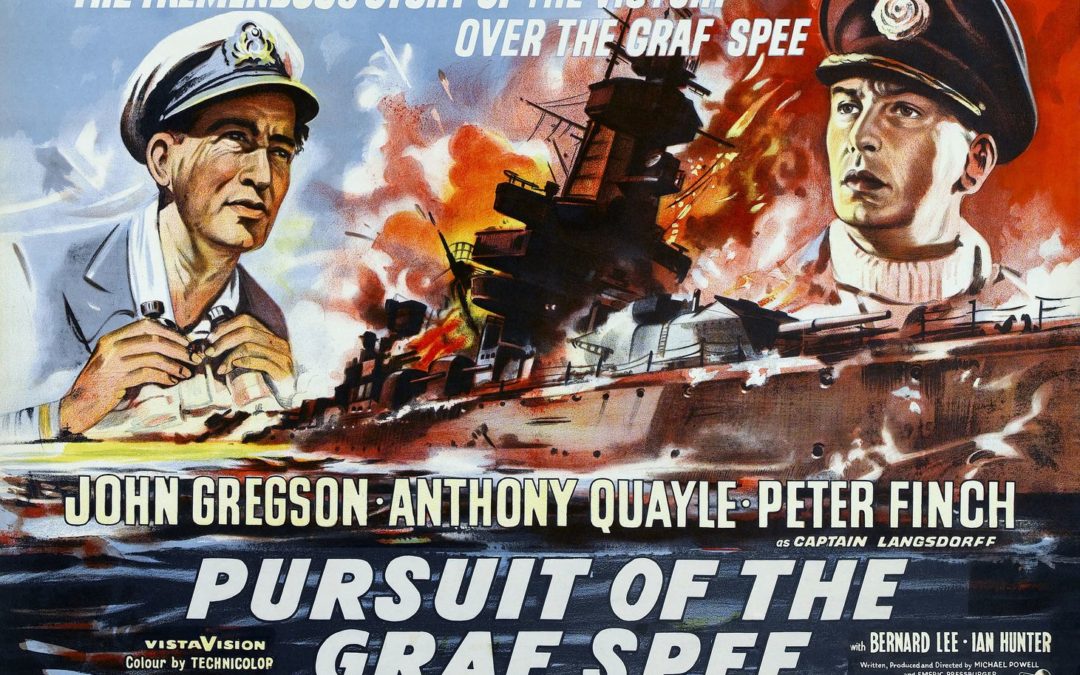
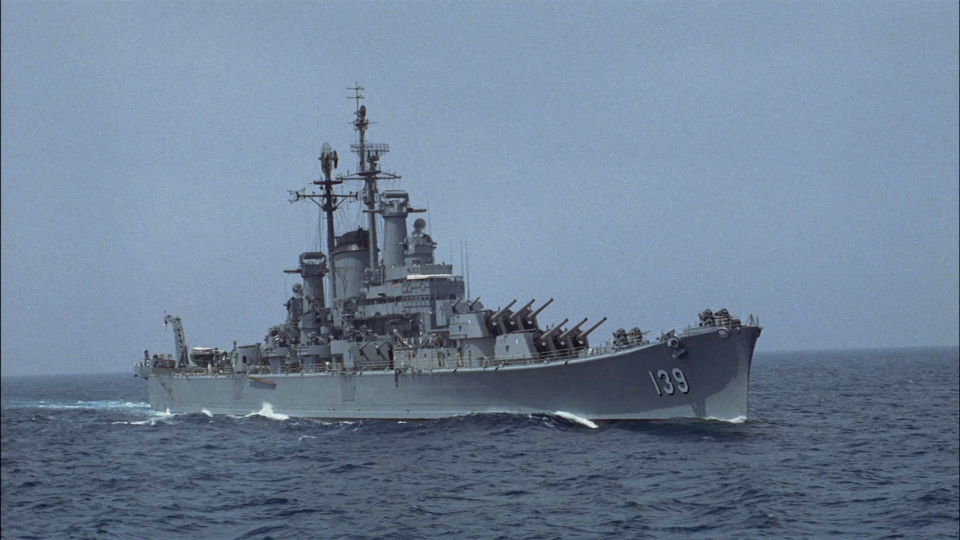
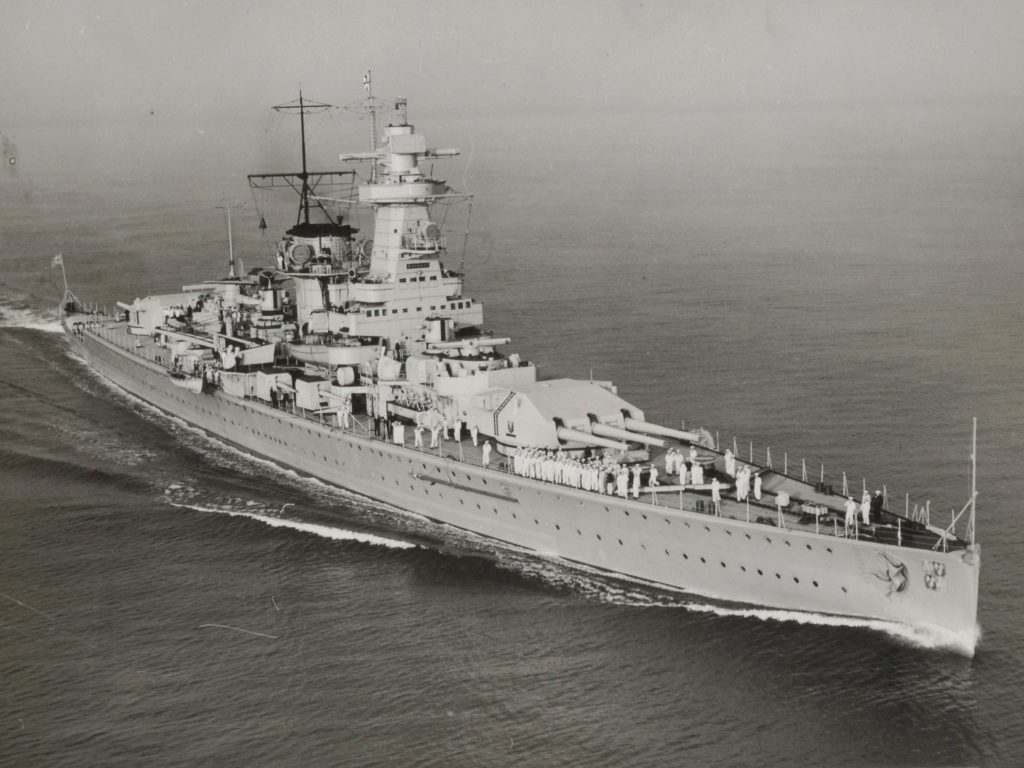
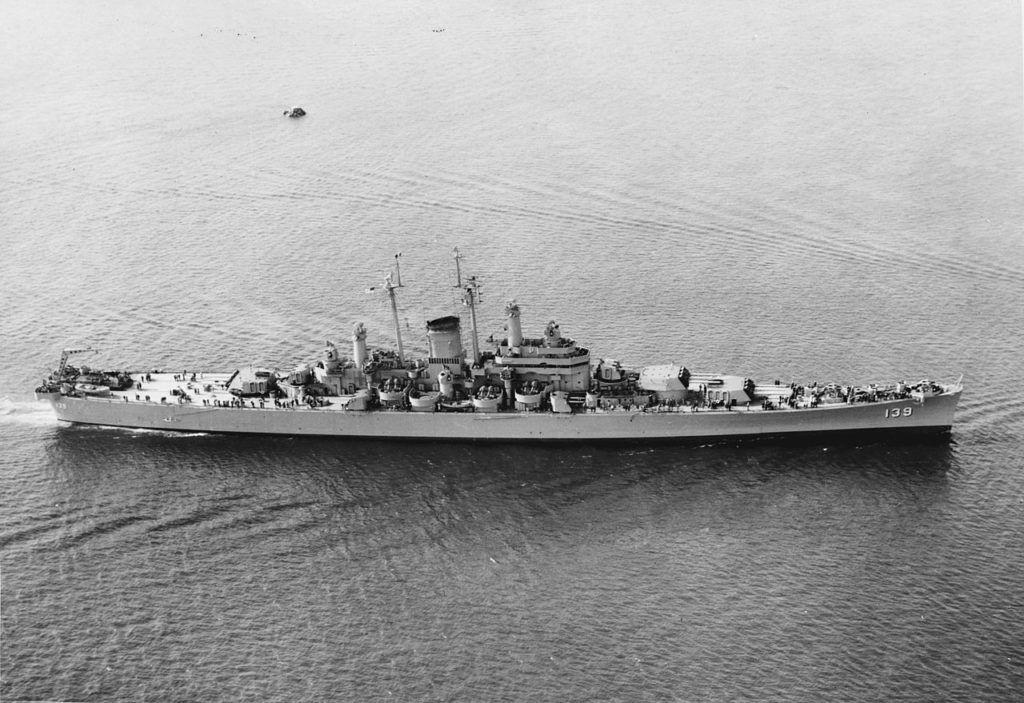
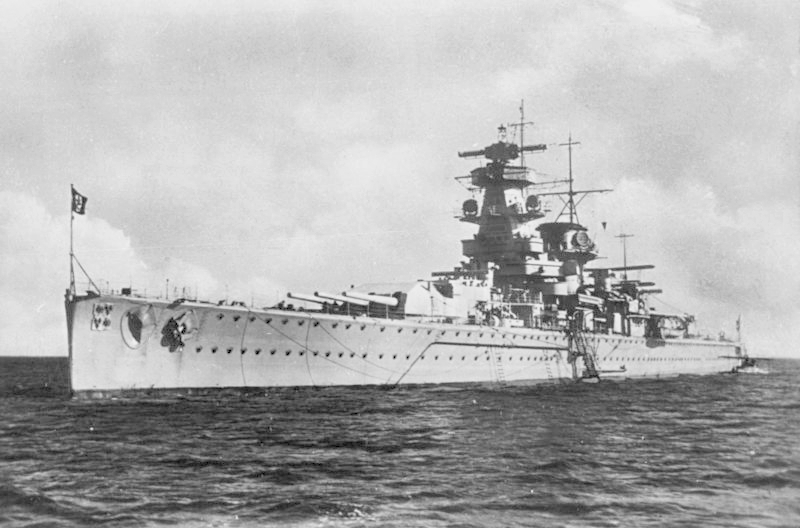
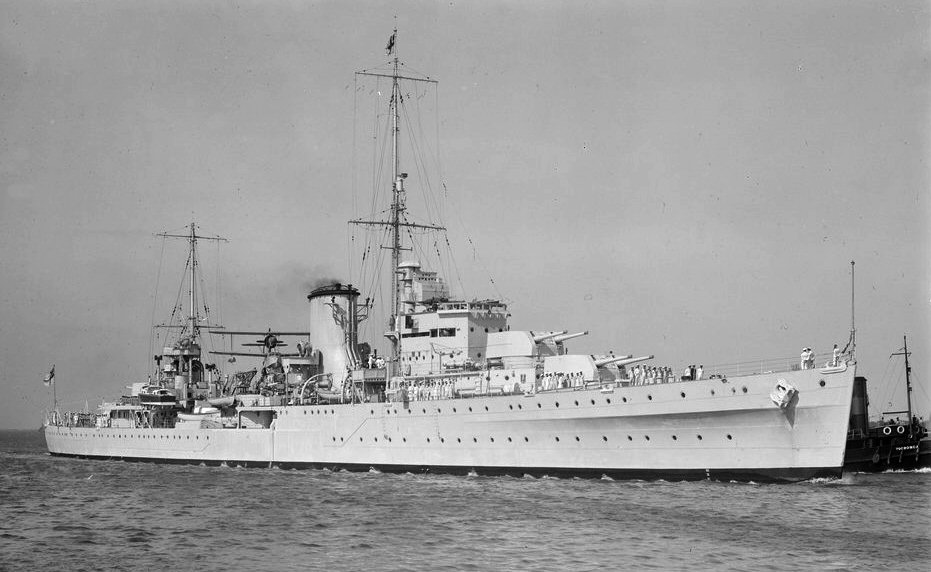
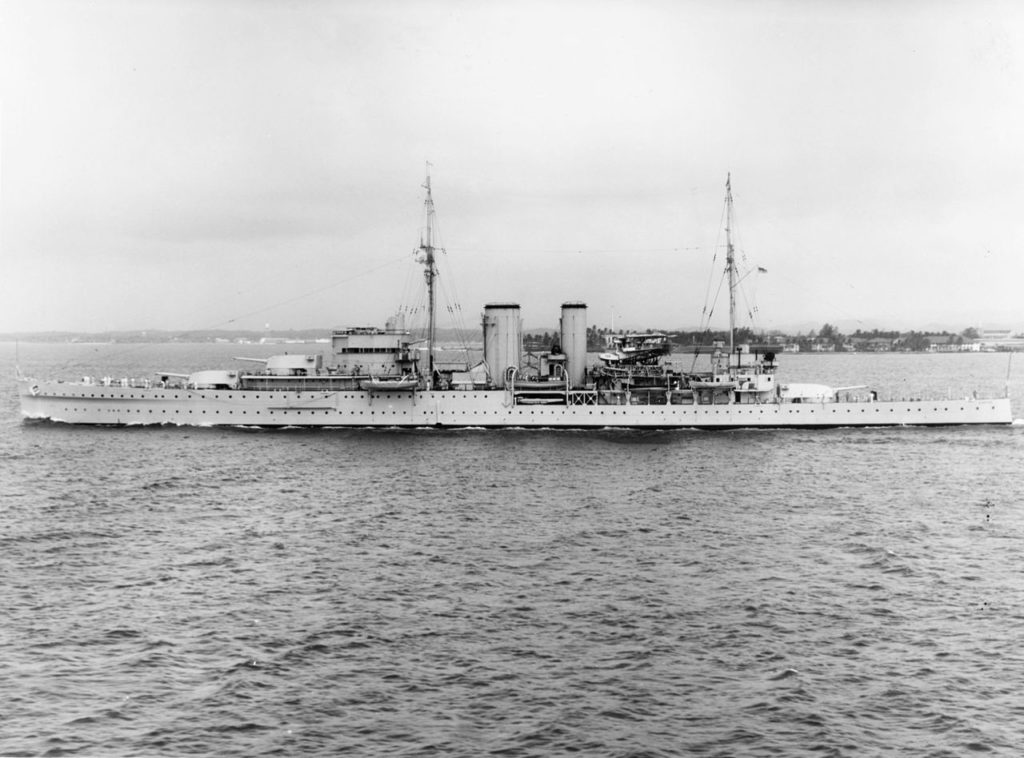

Recent Comments